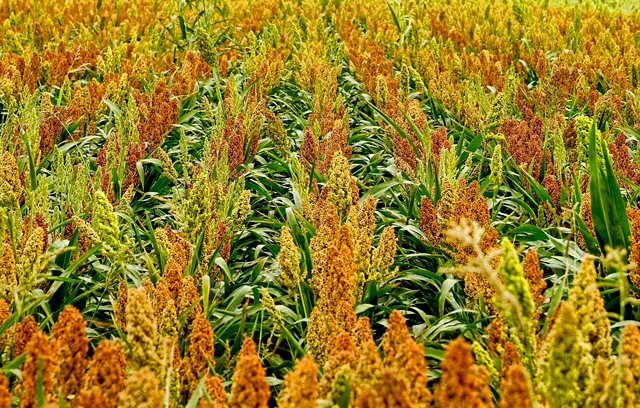The EU is increasingly interested in sorghum, a crop gaining traction. This heightened focus stems from diverse applications and climate resilience. Sorghum is utilized in food, feed, and industrial sectors. Moreover, its drought tolerance makes it attractive in changing climates.
EU Sorghum Production: Current Status and Future Potential
Currently, the EU cultivates around 60,000 hectares of sorghum. This translates to an annual production volume nearing 300,000 tons. France is the leading producer, accounting for a substantial portion. Furthermore, other countries like Italy and Spain are also actively involved. Hybrid sorghum varieties dominate the production landscape. These hybrids offer improved yields and adaptability. However, research into even more resilient and productive varieties continues.
Sorghum offers a viable alternative to maize in certain regions. Specifically, areas facing water scarcity benefit from its lower water requirements. For example, southern Europe sees it as a strategic crop. In addition to its environmental advantages, sorghum presents economic opportunities.
Market Dynamics and Policy Considerations
The EU sorghum market experiences price fluctuations influenced by global trends. Prices can vary significantly, depending on supply and demand. However, the EU imports a significant amount of sorghum annually. These imports supplement domestic production, meeting the overall demand. Ukraine and the USA are key suppliers, providing a substantial share of imports.
Import prices are generally competitive, often ranging from €160 to €220 per ton. These prices makes it an attractive option for feed producers. Despite domestic production and imports, policy support is crucial. Subsidies and research funding could stimulate growth. For instance, promoting sorghum cultivation in marginal lands could enhance EU self-sufficiency.
The Common Agricultural Policy (CAP) plays a role in sorghum’s development. Currently, specific support measures for sorghum are limited. Nevertheless, adjustments within the CAP could encourage its wider adoption.
Looking ahead, the EU sorghum market presents opportunities. Expanding its use in bioenergy and bioplastics is one path. Furthermore, increasing consumer awareness of its nutritional benefits could boost demand. The grain is gluten-free and rich in antioxidants.
The European Commission acknowledges sorghum’s potential contribution to sustainable agriculture. Accordingly, it is investing in research and development initiatives. These initiatives aim to optimize the production practices and explore new applications.
In conclusion, this cereal is a crop with increasing relevance for the EU. It will be interesting to see its further development. Given climate change and evolving market dynamics, its role is only going to grow. The key now will be to find more applications for it. The future looks good for this product in the EU.

